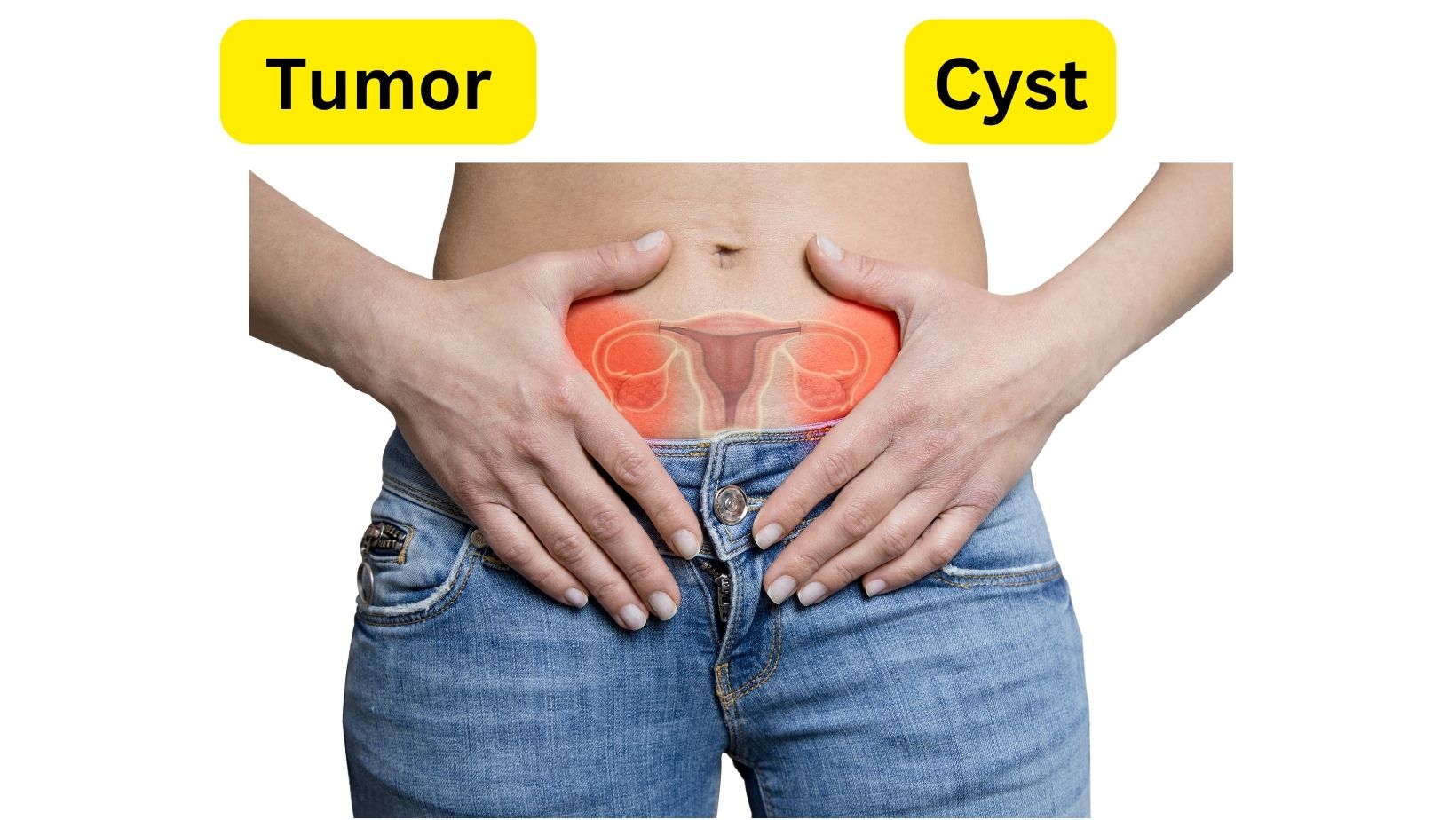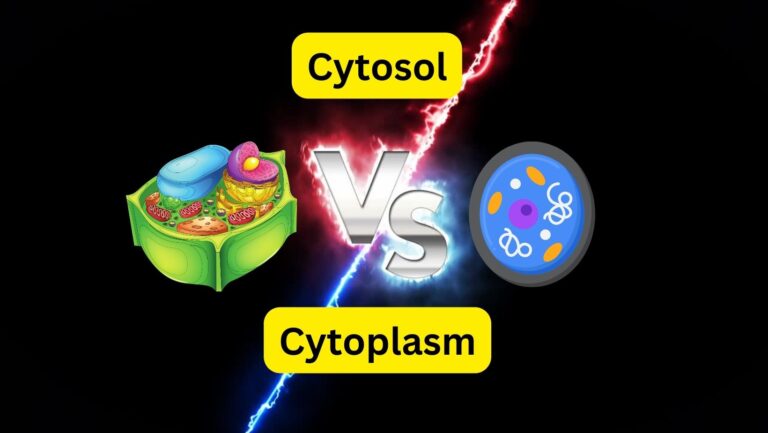
Do you wish to know the distinction between a cyst and a tumour? You have come to the proper place to find out the solution to this query.
You will enjoy what we have for you today if you have an interest in health-related subjects. Therefore we provide you with useful information below on the distinction between a tumour and a cyst, two rather typical health issues in today’s society.
Difference between Tumor and Cyst
What is Tumor
The cells of the complex human body occasionally behave improperly, leading to a variety of health issues that can range from very mild to extremely catastrophic.
Cells have a tendency to aggregate and form little clumps or growths when they start to divide and expand uncontrolled; when cells continue to amass over time, those small lumps develop into tumours or neoplasms.
It’s important to understand that not everyone who has a tumour has cancer. Tumors can either be solid or include fluid. The three types of tumours are benign, premalignant (cancerous), and malignant (cancerous).
Any portion of the body can be affected by a tumour, however only malignant tumours often spread to other areas of the body.
Tumors can be brought on by illnesses or immune system issues, as well as by cigarette use, alcohol use, exposure to certain chemicals and poisons, extended sun exposure, genetic issues, obesity, radiation, viruses, and other reasons.
Tumors can cause a variety of symptoms, depending on where they are placed. Even some cancers do not exhibit any symptoms. Despite all, the most typical symptoms are, among others: fever, exhaustion, appetite loss, night sweats, and weight loss.
The course of treatment depends on the patient’s symptoms, the kind of tumour, and the location of the tumour. Some tumours can be left untreated, while others may need surgery, chemotherapeutic treatments, or radiation.
What is Cyst
Cysts, on the other hand, are a frequent skin condition in adults. They resemble closed sacs and are capsules. Usually, liquid, semisolid, or gaseous materials are used to fill them.
There are countless varieties of cysts. These can be found inside the body, near tissues and organs, or under the skin. Their sizes also differ. They could be the size of a basketball or tiny. As they grow to a size where they may impact the organs, they become hazardous.
Only a doctor with medical training can effectively detect or diagnose if a patient has a tumour or cyst, and only testing can determine whether the tumour or cyst poses a threat to the patient.






